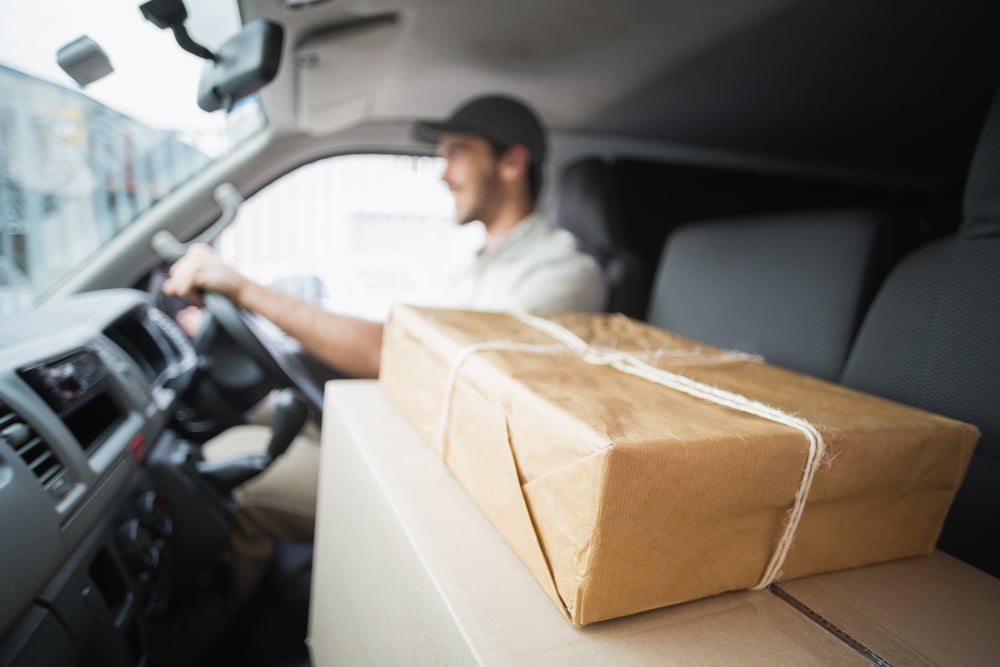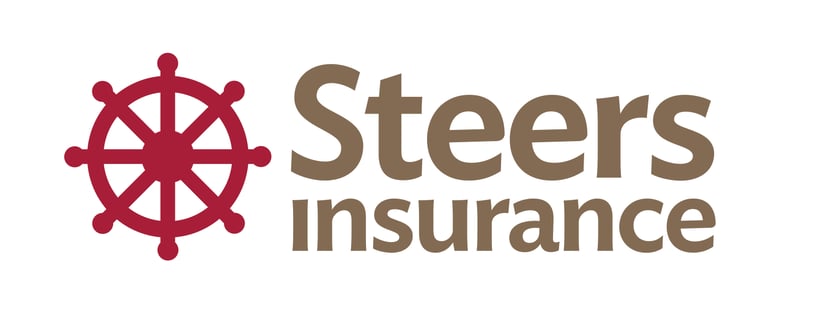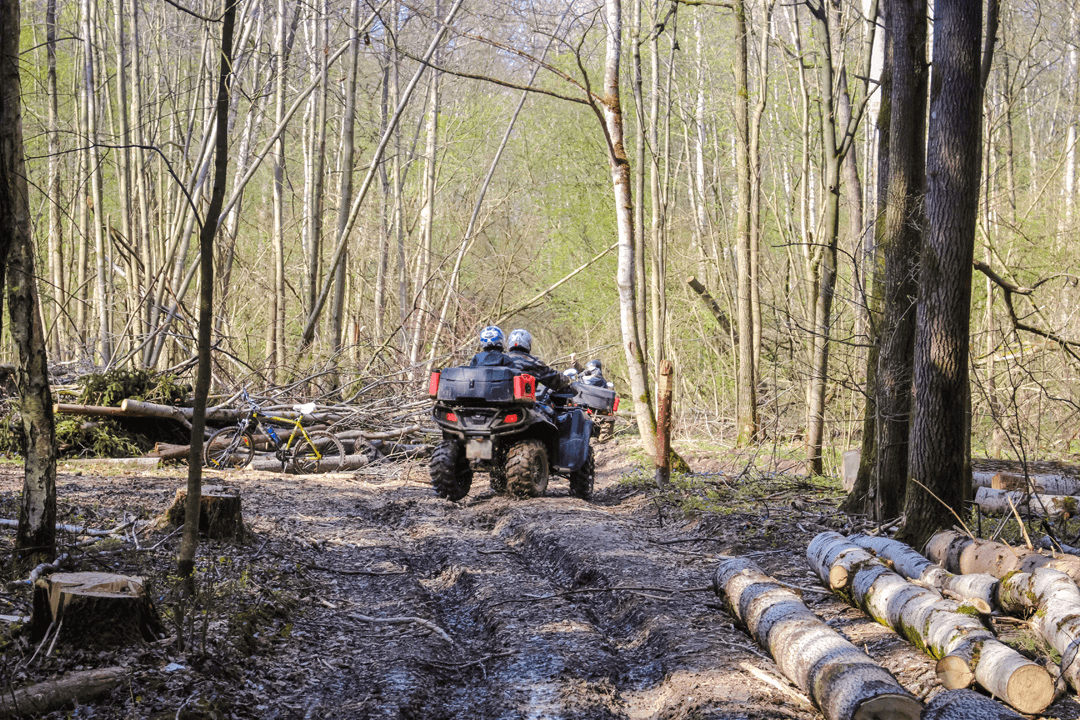
At OTC Insurance we often get asked by truck drivers, "With primarily an auto exposure do I also need CGL coverage?" These questions come to us from concrete and dump truck drivers to long-haul truckers.
Specifically, these customers want to know why they should buy CGL coverage, with specific examples of when this coverage might be needed. If you have ever wondered this, read on for tips and examples on when CGL coverage is essential.
First, virtually all businesses need both CGL and auto coverage, the latter even if the company does not own any vehicles.
Second, not all “trucks” are autos all of the time — some are autos while being driven on public roads, but “mobile equipment,” as defined by most CGL policies, while being operated at a job site.
According to, the ¹Canadian Underwriter, subject to optional extensions of coverage (i.e., non-owned automobiles), the CGL policy is not intended to provide coverage for claims arising out of the use or operation of an automobile. Auto-related perils are specifically excluded in the policy wording. By the same token, automobiles are used for some weird and wonderful things, and automobile insurers have sought to exclude risks that are against public policy or involve fact situations where the automobile was “coincidental” to the loss.
Recently, the ²Insurance Journal unpacked this one giving examples as well by Bill Wilson, founder and CEO of InsuranceCommentary.com and the author of the book "When Words Collide: Resolving Insurance Coverage and Claims Disputes.
"First, virtually all businesses need both CGL and auto coverage, the latter even if the business does not own any vehicles.
Second, not all “trucks” are autos all of the time — some are autos while being driven on public roads, but “mobile equipment,” as defined by most CGL policies, while being operated at a job site" says Bill
"The first potential CGL exposure that comes to mind for trucks making deliveries is the loading/unloading exposure. If we’re talking about the ISO Business Auto Policy (BAP) and CGL policy, loading/unloading by hand, hand truck, or mechanical device attached to the vehicle is normally covered by the BAP, not the CGL policy. The CGL policy should cover loading/unloading, for example, by use of a lift truck.
This brings up a second point, in that the ISO BAP and CGL forms are designed to work together to minimize coverage gaps involving vehicles. Over the years, I’ve had dozens of claims in which auto and CGL coverages were split between carriers or under ISO vs. non-ISO forms.
In one case, workers unloading furniture from a truck into a home damaged sheetrock walls and an expensive tiled floor. The ISO CGL policy was written through an independent agency insurer and the auto was written through a captive agency insurer. Because the furniture was being unloaded by hand from the truck, the ISO CGL policy did not cover the loss, but an ISO BAP would cover the damage. However, the non-ISO auto policy language was different from the ISO BAP and that carrier denied the claim.
The moral of the story is to place both BAP and CGL coverages with the same carrier, preferably through the same agent. This holds true for many policies — use the professional who is familiar with the entire account and the forms being used and otherwise available."
- If the trucker or trucking company has premises open to third parties, there is a CGL exposure. Erroneous delivery of products is often covered via CGL endorsements. Damage to property being transported will usually not be covered by an auto policy (or a CGL policy for that matter). Delivery problems may lead to heated arguments that could involve slander or libel.
- A trucker may assist another owner/operator with a repair or sell a spare part or tire to another party. A bodily injury claim could arise from a driver’s use of force to protect property from theft. In one case, a driver’s dog bit a third party at a truck stop — that may or may not be covered by the auto policy, depending on the jurisdiction.
- A contractual liability exposure may arise from a lease, key stop agreement, etc. that is not covered by the auto policy. There could be allegations involving negligent hiring that isn’t covered by the auto policy but might be under the CGL or other form. And the list goes on.
According to media accounts, the trucking industry is short 80,000 to 100,000 drivers. If you haven’t already, you may be receiving more inquiries from prospects engaging in this industry. Between the COVID pandemic and the increase in online shopping, we’ve seen a dramatic increase in the number of drivers needed and increased exposure in both commercial and personal auto fields. These individuals potentially have many exposures beyond the use of the auto itself.
As businesses evolve and grow, your insurance coverage needs to keep up. Having the right insurance product protects your hard work from countless threats. Why not let one of our dedicated business brokers review your current coverage for you? Click below to get your free assessment.


 ;
;
 ;
;
 ;
;
 ;
;
 ;
;
 ;
;
 ;
;


